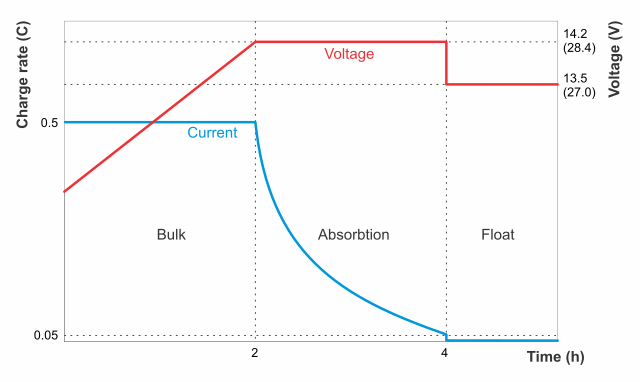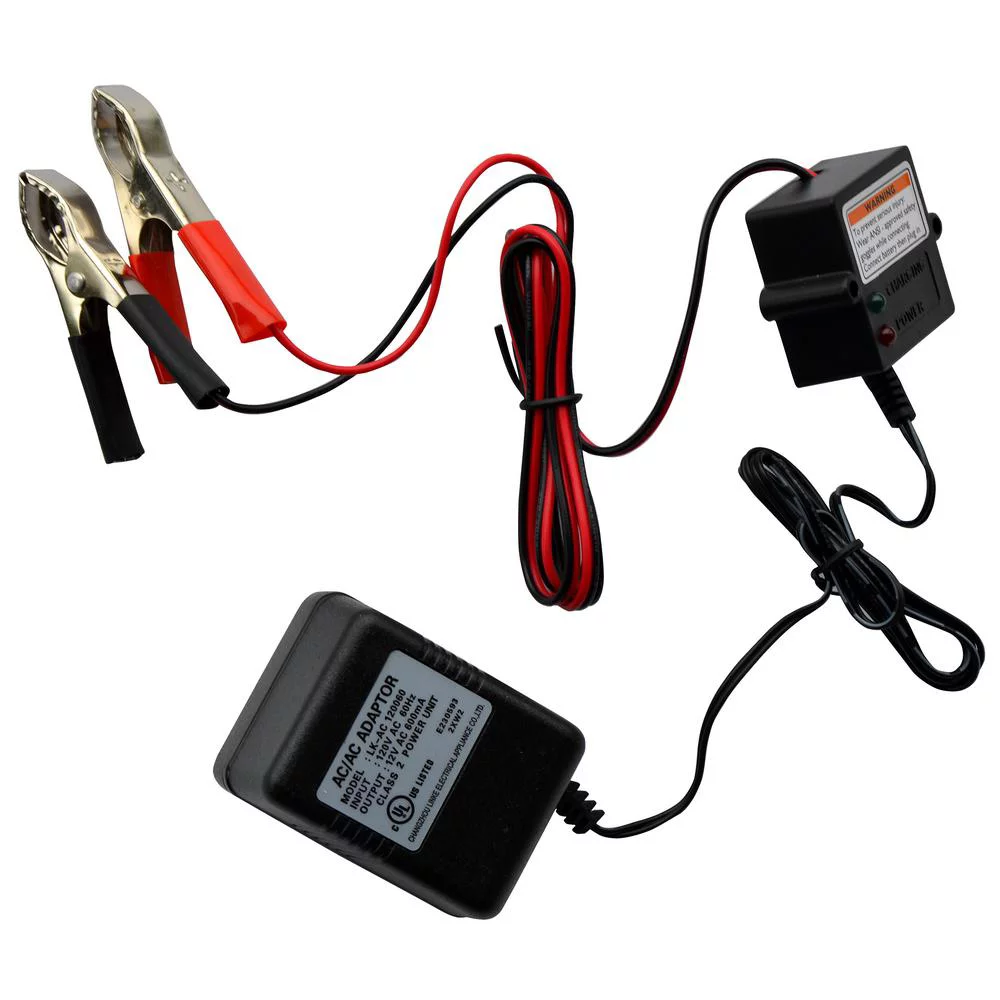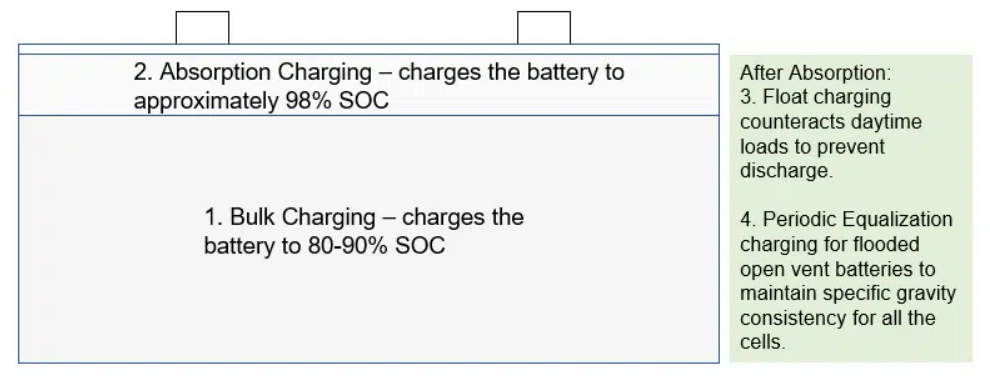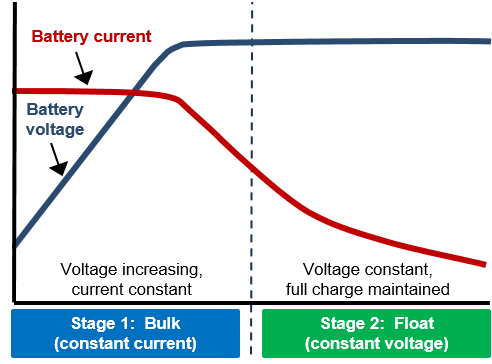On a daily basis, you may charge your phone, tablet, laptop, and even your autonomous vehicles, ATVs, and RVs without giving the charging equipment that enables you to use these items in the first place much thought. It’s time to reveal the battery’s mechanism for recharging your gadgets.
Floating battery technology is the type of technology most frequently found in chargers. This cutting-edge technology keeps the battery charged by providing a disturbed current and voltage at a noticeably low level that helps the battery remain fully or nearly fully charged. These chargers keep batteries charged by continuously dispensing little quantities of current as needed. Due to the battery’s ability to continuously deliver charge in order to make up for lost energy, it is implied that your battery will maintain its full charge despite the self-degradation losses.

Most emergency power supply and backup applications and gadgets employ floating chargers. Batteries that don’t discharge regularly work best with this kind of charger. However, because they can provide a lower than normal current, these chargers are not appropriate for applications with significant backup requirements. Instead, you can easily use these for minimal backup needs.
Such float chargers have a preset voltage. The charger starts to recharge once again to keep the battery charged when the battery level falls below a specific voltage threshold.
Lead acid batteries are typically utilized with floating batteries. You should exercise some caution if you ever use them with value-regulated batteries because thermal runaway may become an issue. Use your battery’s temperature correction option to avoid this problem. This feature permits adjustments to keep the floating current consistent with temperature changes.
Many prefer float battery chargers because of the advantages they provide. They protect your battery from harm and overcharging and are incredibly safe to use. Also, it is reasonably priced and simple to connect.
In UPSs, vehicle batteries, emergency lights, and other similar equipment, float chargers are frequently utilized.
Vehicle Floating Battery Chargers
The automotive battery can be charged perfectly well with floating battery chargers. The performance of floating chargers is significantly better than that of trickle battery chargers and other chargers. Understand why? because they provide the battery with a constant current charge. The current is so little and far below the battery’s nominal current that it completely eliminates the possibility of overcharging, protecting your battery from overcharging and damage.

If you don’t use your cars on a regular basis, flotation chargers are the ideal solution. If you only drive occasionally, you should be aware that the car battery has a propensity to self-deplete, which will eventually result in battery damage. You may keep your battery completely charged or, more practically, close to full charge by using float charging to preserve the voltage lost due to self-depletion. This is why it is the best option for you if you frequently keep your car in your garage for a lengthy time. Also, it extends the life and effectiveness of your car battery. In truth, there is no risk of damaging your car battery when you permanently attach the floating charge to the battery.
These chargers are programmed to turn off when your car battery is fully charged. When the voltage of the automobile battery falls below a predetermined threshold, they begin to recharge once more. They typically send the current to recharge the battery when that limit is reached. The current keeps floating in the charger to maintain the battery charge as a result of this mechanism, which is why it is known as a “floating” charger.
Charging Floating Batteries
When charging a battery with a floating current, the charger maintains the battery’s voltage. When it hits the cutoff point or the predetermined voltage range, the charge or current floats. The chargers begin to float the current when the voltage falls outside of that range.
Float charging, also known as “trickle” charging happens after Absorption Charging when the battery has about 98% state of charge. Then, the charging current is lowered further so the battery voltage falls down to the Float voltage. The Float charge of a battery maintains the battery at full capacity throughout the day.

The battery, charger, and load are typically linked in parallel when the battery is being charged. While operational, the charger provides current to the connected load while drawing electricity from the regular power grid. It implies that the power supply’s charge is channeled through it to the load. A parallel connection implies that you will receive an unbroken and constant supply of power.
The floating battery steps in to provide a backup power supply until you restore the usual power supply line in the event that the normal power supply line is unable to provide the necessary power.
Voltage for Battery Floating Charging
The term “float voltage” refers to the voltage required to maintain the battery. At this voltage, the battery likely to be fully charged, which suggests that there is no room for the power lost to self-discharge. Typically, the voltage is maintained constant while charging. The battery’s chemistry and construction, as well as changes in temperature, affect the voltage. If you maintain the voltage as per the type of battery together with the right temperature, then you can keep the charger attached to the battery for as long as you like without inflicting even the least damage to the battery.
The voltage inside a 12 volt battery is typically kept at 2.25 volts per cell, or roughly 13.5 volts overall. The battery floats the charge at this voltage without overcharging it or boiling the electrolyte, indicating that no harm is done.
However, because of the low voltage and low current, the charging process is very sluggish. Because of this, if you have the time to recharge your battery or can leave the charge on overnight, these chargers are ideal for you.



